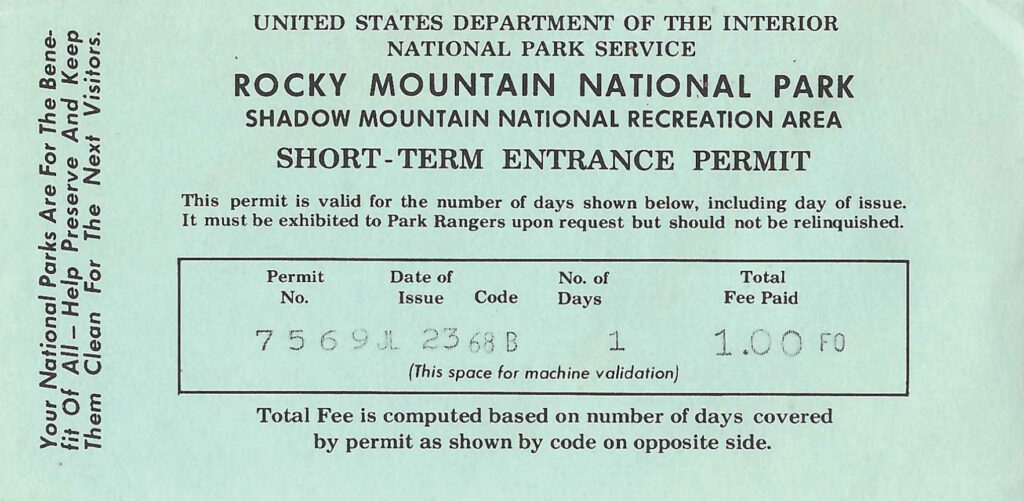
Dorri Partain
Contributor
The United States Congress was setting aside lands for national parks years before they had created a department to oversee those lands. Yellowstone, the first national park, dates to 1872 but the National Park Service wasn’t officially created by act of Congress until August 25, 1916.
Operating under the Department of the Interior, the National Park Service has grown to manage 418 federal sites, including parks, monuments, memorials, military parks, historic sites, recreation areas, seashores, scenic riverways and scenic trails.
Collecting fees to enhance national park lands for the comfort of visitors began with the Land and Water Conservation Fund Act in 1908. The act has been updated nearly every decade since, with the Fund Act of 1965 stating, “Clear notice that a fee or charge has been established shall be posted at each area to which it is applicable” and “that no free passes shall be issued to any member of Congress or other government official.”
The Federal Lands Recreation Enhancement Act of 2004 stipulates that 75% of fees collected for entrance, camping, and other permits shall be used for park maintenance and programs, with current entrance fees set at $25.00 per day for one vehicle and passengers, $15.00 for visitors arriving on foot or bicycle, and $25.00 for each motorcycle.
Entrance fees are waived on six days each year: Martin Luther King Jr. Day, the Great American Outdoors Act Anniversary (August 4), the National Park Service Birthday (August 25), National Public Lands Day (September 25), Veteran’s Day and the first day of National Park Week.
The Short-Term Entrance Permit for Rocky Mountain National Park shown here was issued July 23, 1968. Based on the entrance code, the entrance fee was $1.00 for one vehicle with passengers. The fee also included entrance to the Shadow Mountain National Recreation Area, located at the southwestern border just outside the national park.
















